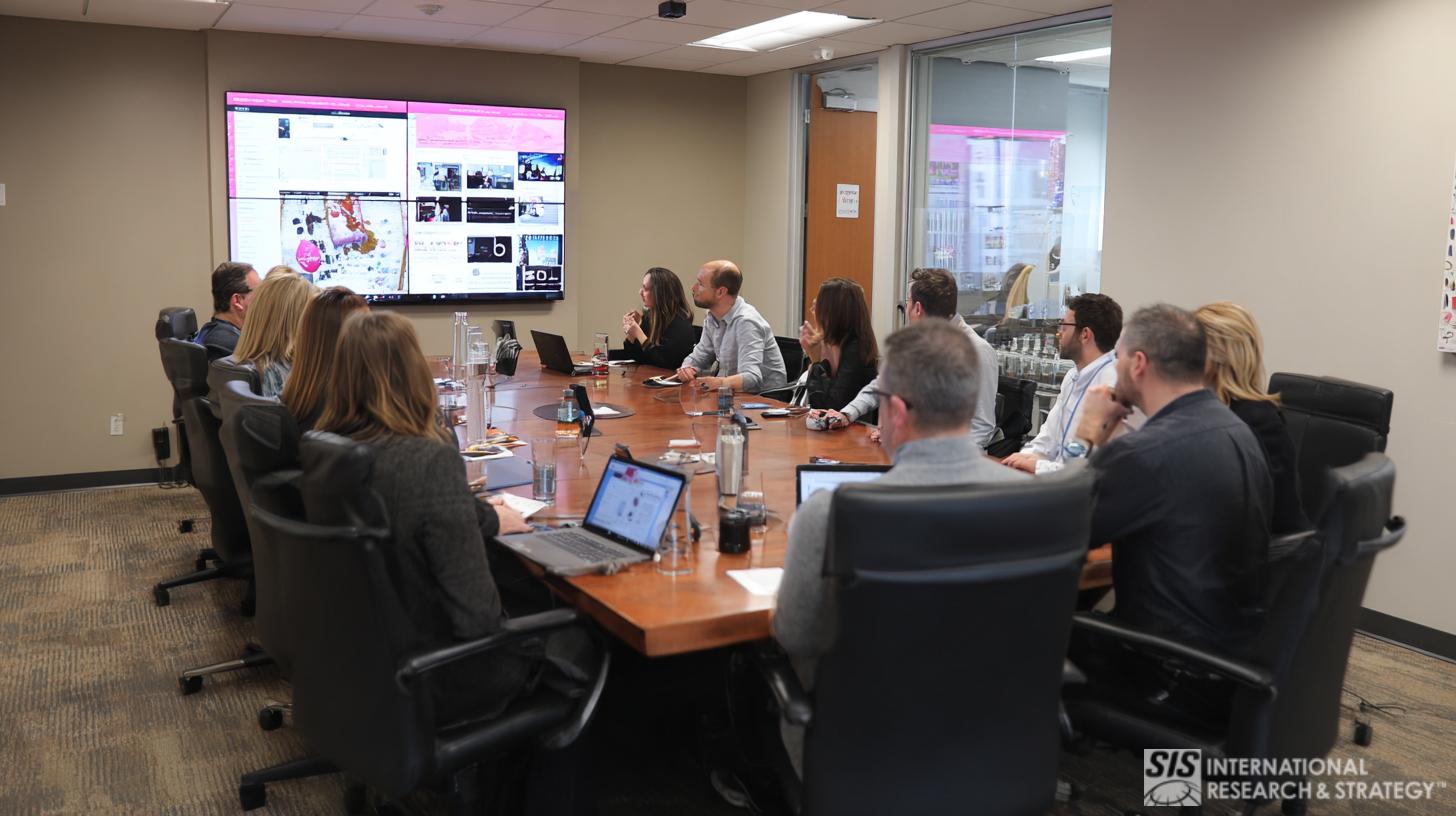
One of the most daunting challenges in today’s global economy is the “Talent crunch” and challenges in scouting, recruiting, and growing talented people in your firm. Ageing societies are struggling to find qualified people to run complex and high-technology processes.
Attracting and retaining talent can mean the difference between success and failure in today’s fast-paced global economy. Significant trends are impacting HR management functions, including the rise of Artificial Intelligence, Data Science, Automation and Algorithms.
प्रतिभा प्रबंधन का महत्व
प्रतिभा प्रबंधन निम्नलिखित कारणों से महत्वपूर्ण है:
- अधिकाधिक कम्पनियां मानव संसाधन कार्य को रणनीतिक कार्य मानती हैं।
- मानव संसाधन पेशेवर अभी भी मानते हैं कि उनके कार्यबल उनकी कंपनियों की भविष्य की योजनाओं को पूरा करने के लिए पर्याप्त रूप से तैयार नहीं हैं।
- मानव संसाधन प्रबंधन ने सॉफ्टवेयर और प्रबंधन उपकरणों को अपना लिया है, लेकिन कई कंपनियां मैनुअल उपकरणों और प्रक्रियाओं का उपयोग करती हैं।
- अलग-अलग प्रतिभा कार्यों का प्रौद्योगिकी-सक्षम स्वचालन लागत नियंत्रण के लिए महत्वपूर्ण अवसर प्रदान कर रहा है।
- Cross-functional HR metrics leveraging workforce analytics can provide an advantage.
- मिलेनियल्स में नौकरी बदलने की संभावना अधिक होती है, जिससे प्रतिभा अधिग्रहण और मानव संसाधन प्रतिधारण महत्वपूर्ण हो जाता है
- मेट्रिक्स, प्रमुख निष्पादन संकेतकों और कार्यबल विश्लेषण का मापन और प्रबंधन लगातार महत्वपूर्ण होता जा रहा है।
प्रतिभा अधिग्रहण
A robust Talent Management function within a company hires beyond the traditional model of looking only at skills; instead, they hire by “talent.” Focusing on defining the talent needed to reach organizational goals and building a plan to make certain you have the talent available are the crucial first step in a robust TM function.
उनका दृष्टिकोण बाहरी दृष्टिकोण से परे है। प्रबंधकों को अपनी प्रतिभा को जानने में सक्षम होना चाहिए, जिसके लिए बहुत अधिक आत्मनिरीक्षण की आवश्यकता होती है। एक सुरक्षित नेता को खुद से बेहतर लोगों को काम पर रखने में कोई समस्या नहीं होती है।
As part of a company’s long-term Talent Management procedures, much of the scouting process involves getting both managers and members of Generation Y on board. Generation Y has fundamentally different objectives in their behavior, outlook and interaction in the workplace. Generation Y, as a baby boom generation, is widely considered one of the most important generations in advancing a rapidly ageing workforce.
कार्यस्थल में पीढ़ी वाई को एकीकृत करना
SIS has built a model that proactively integrates very talented members of Generation Y in creative development, strategic planning and research. Essentially, the goal is to harness both the strengths of older and younger generations, while minimizing the intergenerational tensions that often arise in corporate settings.
Embracing Generation Y is one possible method. For example, at SIS, managers fully embrace the youth. We provide them with an uncommon opportunity for experience and confidence to allow them the opportunity to thrive. And through their perspectives, we have considered many new initiatives that have continued to our success, our commitment to innovation and ability to provide high degrees of client value. But, what works in our company may not work in others. It is a matter of striking the right balance between strategy and culture.
Making Your HR Function More Strategic
The Talent Management function certainly considers necessary skills and the candidates’ ability to grow their skills, applying them to core business processes and leading change. Talent Managers analyze the candidate’s ability to fit within the corporate culture, viewing corporate culture as a valuable competitive advantage. For certain companies, integrity, responsibility and character are important in ensuring that the company’s long-term interests will be fulfilled. For example, many financial services firms look to ensure that their new talent are group-oriented to minimize self-serving behavior that could potentially endanger their firms.
प्रतिभा को कॉर्पोरेट संस्कृति के साथ जोड़ना कोई आसान मार्केटिंग शब्दजाल नहीं है। कर्मचारियों के साथ एक मजबूत कॉर्पोरेट संस्कृति साउथवेस्ट और एप्पल जैसी कंपनियों में मजबूत प्रतिस्पर्धात्मक लाभ में योगदान देती है।
कठोर संगठनात्मक संरचनाओं वाले निगमों में, अक्सर प्रतिभाशाली लोगों की महत्वपूर्ण संख्या हो सकती है। लेकिन, जब प्रतिभाशाली पेशेवर मूल्यवान, सम्मानित महसूस नहीं करते हैं या रचनात्मक विचारों को कल्पना करने और लागू करने के लिए पर्याप्त स्वतंत्रता महसूस नहीं करते हैं।
प्रतिभा प्रबंधन में मूल्य मापना
कई कंपनियाँ ऐसे माहौल बनाने पर जोर देती हैं जो प्रतिभा अधिग्रहण के साथ मजबूत संबंध विकसित करते हैं। ऐसा इसलिए है क्योंकि कंपनी के संचालन में प्रतिभा का मूल्य बहुत अधिक है और अगर प्रतिभा अधिग्रहण असंतुष्ट है तो प्रतिस्पर्धा उत्पन्न हो सकती है। साथ ही, कंपनियाँ यह सुनिश्चित करना चाहती हैं कि उनकी प्रतिभा पनपेगी, भले ही कॉर्पोरेट संस्कृति कठोर क्यों न हो। कई कंपनियाँ ऐसा करने का सबसे अच्छा तरीका अपने प्रतिभाशाली कर्मचारियों के लिए सच्चाई, विश्वसनीयता और विश्वास पर आधारित मजबूत संबंधों का नेटवर्क बनाना मानती हैं।
कंपनियां अब अपने कर्मचारियों को पूरे निगम में प्रतिभाशाली विशेषज्ञों के संपर्क में लाने के लिए एकीकृत जटिल ज्ञान साझा करने वाले इंट्रानेट का उपयोग कर सकती हैं ताकि उच्च स्तरीय तकनीकी ज्ञान का तुरंत प्रसार किया जा सके। यहाँ मुख्य बात यह है कि प्रक्रियाओं को लागू करने से कंपनी को उच्च स्तरीय तकनीकी ज्ञान प्राप्त करने में मदद मिलती है। तुरंत उनकी प्रतिभा का उपयोग करें और उसका उपयोग करें।
A long-term perspective
Talent Management is a long-term process, with three potential ways to continually cultivate their talent:
- फिर से सिखाना - लोगों को पुनः प्रशिक्षित करना होगा और यह सुनिश्चित करना होगा कि उनके पास कार्यान्वयन के लिए सही संसाधन हों
- स्थान बदलने – do not discard antiquated talent, but help reposition them periodically according to their strengths within the company
- रिटायर - सद्भावना और वफादारी बनाने के लिए अपने कर्मचारियों के साथ उनकी सेवानिवृत्ति और भविष्य की योजना बनाएं
प्रतिभा प्रबंधन बाजार अनुसंधान के बारे में
Talent Management Market Research provides data, insights and strategies to drive performance with your company’s most valuable resources — your team. We conduct Qualitative Research, Quantitative Research, and Strategy Research. In Qualitative Research, we conduct Focus Groups, In-Depth Interviews, Workplace Ethnography, and Online Communities. In Quantitative Research, we conduct employee surveys and surveys with prospective candidates. In Strategy Research, we conduct research into the competitive landscape, competitive analysis, Market Opportunity Research, and Market Sizing.



